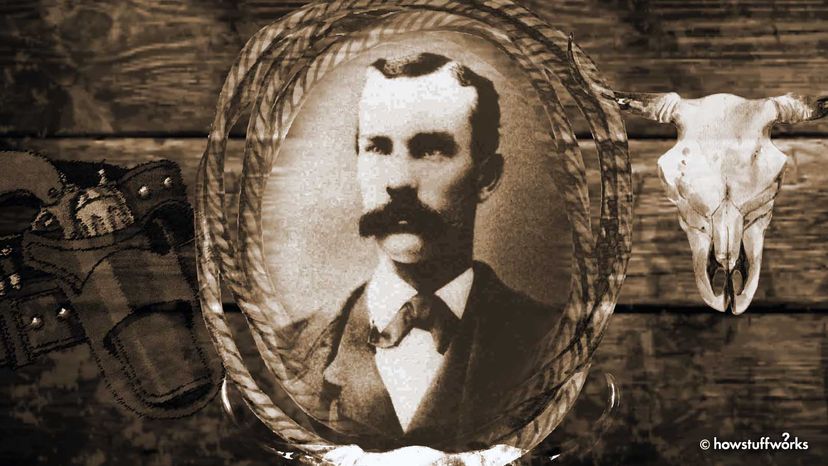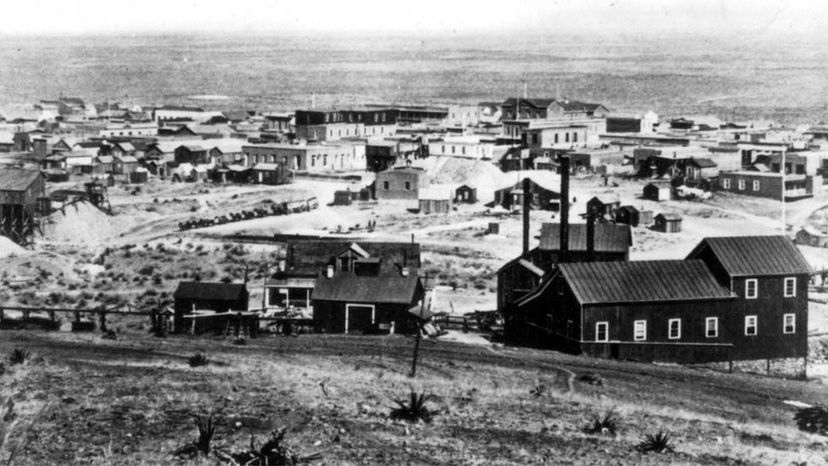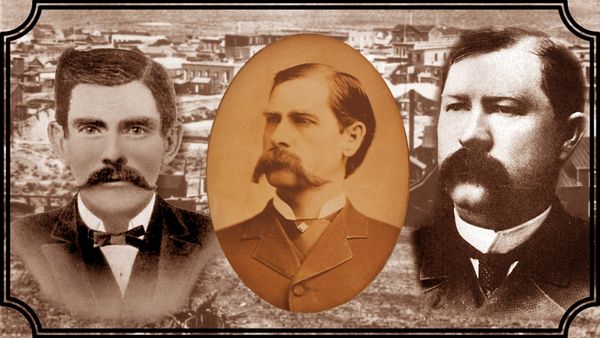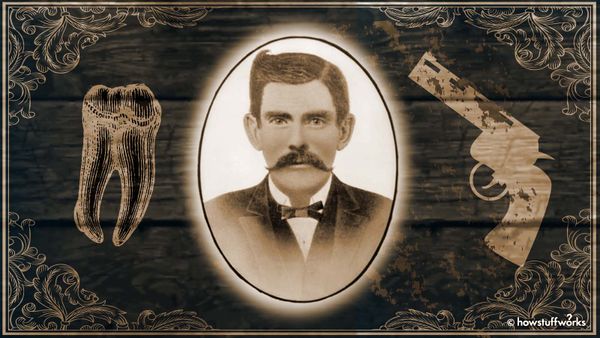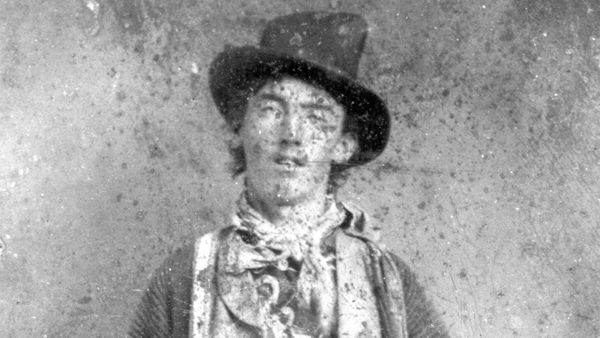Johnny Ringo's body was discovered July 14, 1882 just outside Tombstone, Arizona. His back was against a tree, a Colt.45 caliber revolver in his right hand. He had a single gunshot wound in his head.
How, exactly, Johnny Ringo died is a contentious matter. Ringo's death was officially ruled a suicide, though some believe that he was killed by either Wyatt Earp, Doc Holliday or another rival bearing a grudge.
"The camps used to be more evenly divided," says Bob Boze Bell, an Arizona historian and artist. However, Bell sees a clear turning point where one theory gained traction above the rest: the release of 1993's hit western "Tombstone." In the film, Holliday (played by Val Kilmer) murders Ringo (played by Michael Biehn) in a poetic bit of revenge. "In the drama sense, you want Doc Holliday to kill Johnny Ringo," Bell says, "It's part of the mythology."
However, there are some problems with this theory. For one thing, according to historic records, Doc Holliday appeared in court in Pueblo County, Colorado, a few days before and the day after Ringo's death. It seems unlikely that Holliday would have been able to make the 1,500-mile (2,414-kilometer) round-trip in less than 72 hours.
The Wyatt Earp theory is fairly similar to the Doc Holliday story, though Earp did claim credit for Ringo's demise four months after the fact. However, this story, too, has some holes. For one, Earp's account of how the killing went down differed significantly from the condition in which Ringo's body was found. For another, Earp later recanted his story.
For his part, Bell thinks suicide is the most likely option. Ringo had reportedly sunk deep into depression and alcohol dependence in the months leading up to his death after a life spent running from the law and his own personal demons.
"He was despondent, he was drinking way too much," says Bell. "And he gave an interview to the Tombstone Epitaph before his death and said he was going to be rundown or killed at some point. He certainly sounded down."
Ultimately, he may have decided to end his own life in a manner similar to the way his father died. "The weird thing about history is that, well, it doesn't repeat itself. But it does rhyme, as Mark Twain famously said, right?" Bell says.
FAQs
Was Johnny Ringo related to any other famous outlaws?
Yes, Johnny Ringo was reportedly related to the notorious Younger brothers, who were well-known bank robbers led by Jesse James and his brother Frank.
What led to the tensions and conflict in the Mason County War?
Tensions in the Mason County War were fueled by accusations of livestock theft between German and Anglo cattlemen, culminating in violent retaliation and a bloody conflict.
